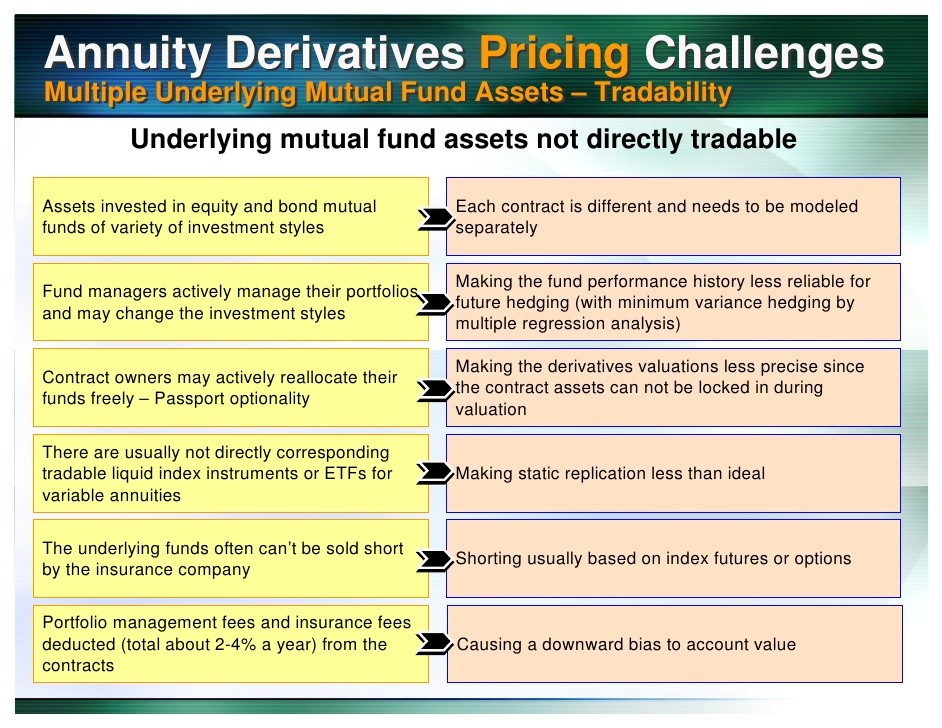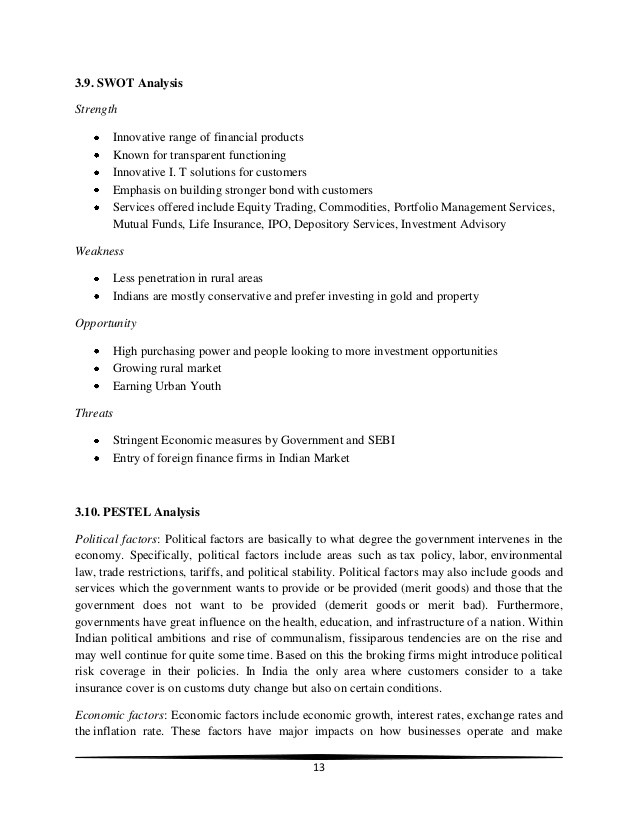Too Many Mutual Funds 1 F inancial Product Differentiation Over The State Space
Post on: 16 Март, 2015 No Comment

Page 1
This work is distributed as a Discussion Paper by the
Stanford Institute for Economic Policy Research
Stanford University
Stanford, CA 94305
(650) 725-1874
The Stanford Institute for Economic Policy Research at Stanford University supports research bearing on
economic and public policy issues. The SIEPR Discussion Paper Series reports on research and policy
analysis conducted by researchers affiliated with the Institute. Working papers in this series reflect the views
of the authors and not necessarily those of the Stanford Institute for Economic Policy Research or Stanford
University.
Page 2
Too Many Mutual Funds?1
— Financial Product Differentiation Over The State Space
Shujing Li
Department of Economics
Stanford University
Email: ecli@stanford.edu
First Draft, December 2001
This Draft, January 2003
Comments are welcome.
Abstract: This paper identifies in the mutual fund industry a novel form of
product differentiation — financial product differentiation over the state space. On
the one hand, it is a well-documented fact that investors chase past performances
of the mutual funds. On the other hand, the mutual funds’ performances are
determined not only by fund managers’ abilities, but also by stochastic noise
factors. In such a context, to avoid head-to-head competition created by holding
the same portfolio, the mutual fund managers could gain higher profits by holding
different portfolios which yield distinct returns at varying states. In other words,
different funds win and attract cash in different periods and thus obtain market
power alternatively.
To empirically test this idea, this paper rigorously developed a structural
model — a multinomial IV logit model with random characteristics. Similar to
BLP (1995), this model produces meaningful own-price and cross-price elastici-
1. Introduction
At least 13,000 open-end mutual funds were in the market vying for investors’
money by the end of 2001, among which more than 6,500 held domestic stocks.2
This fact alone could prompt great interest from economists of both finance and
industrial organization. First, the traditional finance models, such as CAPM and
multifactor asset pricing models, predict that a few risk factors can span the
market and account for most of the cross-section return variations of financial
assets. In other words, there should exist only a few mutual funds in the market
representing those few factor-mimicking portfolios. Therefore, it is puzzling to
see that mutual funds numbered in the thousands. In the finance literature, few
attempts have been made to explain the puzzle and no explanation is widely
considered convincing so far.
Second, as the mutual fund industry expands, competition becomes a more and
more significant force in disciplining the fund managers and affecting investors’
wealth. Hence, it is increasingly important to study and understand the demand,
supply and market structure of the industry. However, market structure is not a
usual topic of finance. Many finance theories can only predict the relationships of
prices in the equilibrium but are silent on which equilibrium should prevail in the
market. We can illustrate this point through a simple example. One may argue
that the large number of mutual funds are redundant assets in the market, thus
their existence does not violate the no-arbitrage theory. However, no redundant
assets can exist in the market if we consider competition. Suppose there are only
two mutual funds in the market. If the two funds hold the same portfolio, their
gross returns will be exactly the same. Therefore, investors will invest all their
money in the fund charging lower fees. The no-arbitrage theory predicts that the
two mutual funds can coexist in the market as long as they charge the same fees.
However, if we consider competition, the standard outcome of the Bertrand game
will occur: the two mutual funds can only make zero profits — they cannot charge
Page 4
Therefore, this paper partially fills the gap by implementing a structural model
to analyze the demand, supply, and market structure of the mutual fund industry.
In particular, it identifies in the mutual fund industry a novel form of product
differentiation — product differentiation over the state space, as a response to the
performance-chasing behavior of investors. As far as I know, this particular kind
of firm behavior has never been studied in the literature. It is different from other
forms of product differentiation, particularly because the quality of the financial
products are highly stochastic and hard to measure.
In the case of the mutual fund industry, the basic idea is as follows. First,
investors’ demands for the portfolio of a particular mutual fund is positively cor-
related with the mutual fund’s last period performance index, which is a function
of the mutual fund’s return history. In practice, this kind of performance-chasing
behavior is well-documented in the literature.4Second, the performance index
of the mutual funds referred to by investors may not be able to measure fund
managers’ qualities perfectly.5As a result, the performance index depends not
only on the mutual fund manager’s ability (in case we want to assume that there
are indeed hot hands), but also on some noise factors.
As a simple example, consider the case of the oligopoly competition. Suppose
there are two equally capable fund managers in the market. If they apply exactly
the same investment strategy, they are in the Bertrand game situation as we
mentioned before: each fund has one half of the market share and earns zero
profit. However, as long as the investors’ performance index loads in some noise
factors, in order to avoid such a head-to-head competition, the two funds can
“walk away” from each other by holding different portfolios. Hence, in different
market situations (states), one fund’s performance becomes better than the other’s

from time to time. Since consumers invest in the mutual fund that does better
in the last period, the two funds alternatively become the cash attracting one.
4Theoretically, Ippolito(1992) shows that as long as poor-quality funds exist, an investment
algorithm that allocates more money to the latest best performer is a rational investor behavior.
Empirically, Roston (1996), Chevalier and Ellison (1997), Sirri and Tufano (1998) and others
report performance chasing behavior. Carhart (1997), Brown and Goetzmann (1995), Elton,
Gruber and Blake (1996), and Grinblatt and Titman (1994) suggest performance persistence.
Gruber (1996) and Zheng (1999) provide evidence that the return on new cash flows is better
than the average return for all investors in the mutual funds.
5There are two main reasons for the inefficiency of the investors’ indices. First, it is reasonable
to assume that mutual fund managers have an information advantage over investors. Second,
investors may not have enough training in investment and choose mutual funds according to
some simple rule of thumb. They may be confused about the concept of the return and the
risk-adjusted return, the alpha, or even the one realization of the return and the expected return.
Page 5
In the period when a fund is winning, the fund possesses market power because
investors can tolerate the higher fees charged by the top fund. Although each
fund still has one half of the market share on average, the demands for mutual
funds become relatively inelastic to fees. As a result, the mutual funds can charge
higher fees and maintain non-zero profits although there is severe competition in
the market. The two portfolios do not make any “real” difference to the investors
because they care about the true quality of the mutual funds, which we assume
are equal in this example. We call this special form of product differentiation
spurious financial product differentiation over the state space.6
Based on the above idea, this paper constructs a structural model to empir-
ically analyze the idea and its implications. First, it proposes a multinomial IV
logit model to estimate the demand system of mutual funds, which accommo-
date stochastic and unobserved quality characteristics. Particularly, it employs
the Fama and French (1993) 3-factor model to decompose mutual funds’ gross
returns, based on which it investigates whether and how investors respond to the
different stochastic components. We find that investors not only chase last period
risk-adjusted returns, the alphas, but also respond to the last period factor re-
turns (instead of expected factor returns), which are irrelevant to fund managers’
abilities. This leaves room for the fund managers to load factor returns differently
and spuriously differentiate their products. Second, the estimated parameters are
used to recover the price-cost margins (PCMs) under Nash-Bertrand competition
without observing actual cost data. Third, the counterfactual PCMs are com-
puted under the assumption that fund managers cannot financially differentiate
their products. Finally, by comparing the estimated versus the counterfactual
PCMs, we estimate that, on average, the growth-oriented equity funds improve
their variable profit levels by about 30% ($2.2 billion in dollar value) through
financial product differentiation.
6The logic can be applied beyond the financial product sector to other products which have
stochastic characteristics and highly volatile market share. For example, it does not make any
sense for two supermarkets to be on sales simultaneously if the total demands are constant.














